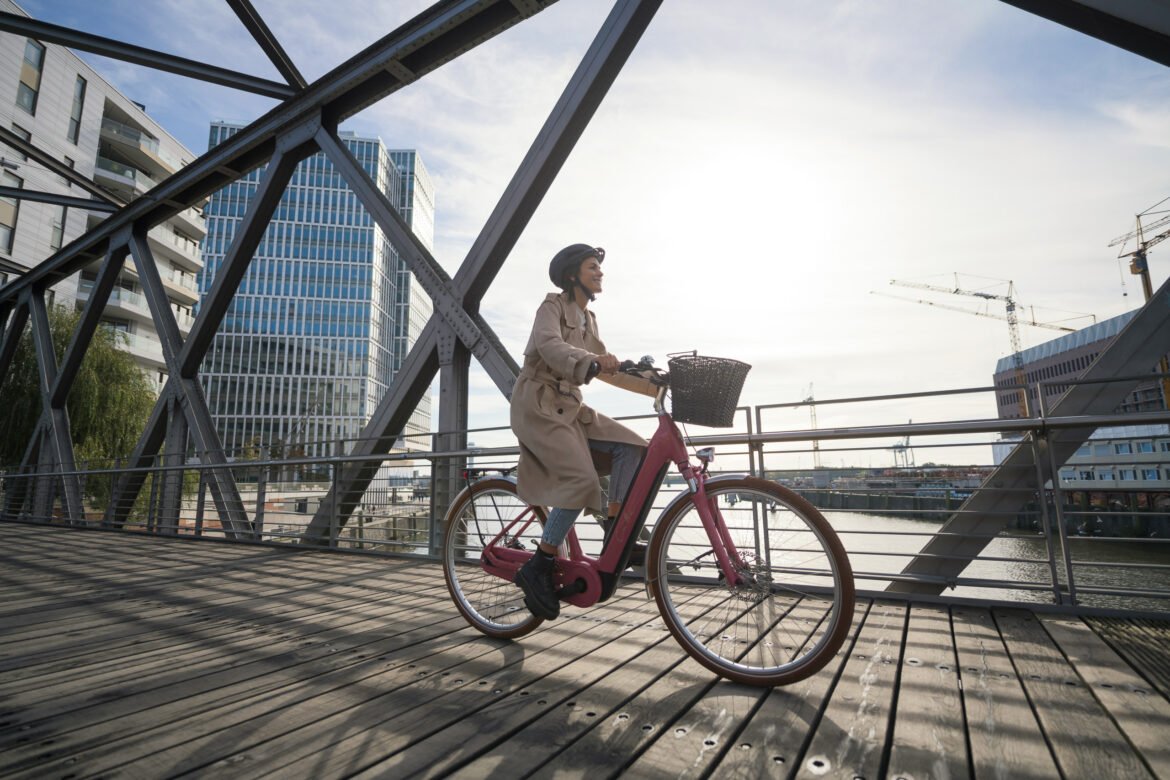Electric bikes are changing the way people think about transportation and movement. They are often described as practical and environmentally friendly, but their impact goes much deeper.
- Electric Assistance and the Paradox of Effort
- Use Beyond the City: E-Bikes in Rural and Suburban Areas
- How Electric Bikes Influence Speed Perception and Risk
This article looks at three less obvious ways electric bikes are shaping habits, spaces, and perceptions.
Electric Assistance and the Paradox of Effort
At first glance, electric bikes seem to offer a way to reduce physical effort. The motor helps with pedaling, especially uphill or against the wind. However, this support often leads to unexpected changes in riding behavior.
Riders tend to travel longer distances and cycle more frequently than they would on a traditional bike. Routes that once seemed too long or difficult become accessible. As a result, the total physical activity may increase over time, even if individual trips feel easier. For many users, electric bikes become a tool for maintaining a consistent level of activity without excessive strain.
This makes them especially valuable for people returning to physical activity after injury, for older adults, or for anyone who wants to stay active without overexertion. The perception that electric bikes eliminate exercise is misleading; they simply change the form and intensity of it.
Use Beyond the City: E-Bikes in Rural and Suburban Areas
Electric bikes are commonly associated with city life—commuting, traffic avoidance, and short-distance urban travel. But they are increasingly being used in rural and suburban areas, where public transport is limited and distances between places are greater.
In small towns and villages, an electric bike can serve as a practical everyday vehicle. It allows people to travel to work, school, or the local shop without the costs of owning a car. Some models, particularly those with wider tires and reinforced frames, are well suited for gravel roads or uneven surfaces often found in rural settings.
This shift is particularly relevant in areas where distances are too long for walking, but not long enough to justify frequent car use. With low operating costs and little maintenance, the electric bike becomes a quiet but powerful enabler of mobility in places often left out of transport planning.
How Electric Bikes Influence Speed Perception and Risk

One of the more subtle effects of electric bike use relates to how riders perceive speed and risk. On a traditional bike, the connection between effort and speed is direct—you feel how fast you’re going. With electric assistance, it’s possible to ride quickly without feeling the same level of physical feedback.
This can lead to underestimating how fast one is moving, especially for new users. Corners may be taken too sharply, and braking distances misjudged. While most electric bikes are limited to speeds around 25 km/h with assistance, the reduced effort at higher speeds can influence behavior and decision-making.


